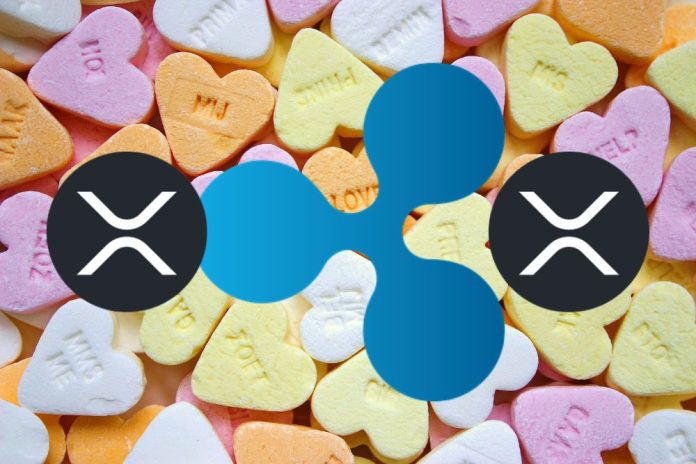The news about Ripple launching a stablecoin backed by USD on XRP Ledger (XRPL) and Ethereum blockchain was greeted with missed opinions by the crypto community members.
Some speculate that XRP may become less relevant for cross-border transactions. However, crypto researcher Krippenreiter offers a different perspective.
XRP’s Distinctive Features
Krippenreiter emphasizes that stablecoins and XRP have fundamentally different characteristics. Stablecoins derive their values from the real-world assets they represent, seeking to maintain a stable peg.
Read Also: XRP Ledger (XRPL) Throughput Increased From 1,500 to 3,400 Transactions Per Second
XRP, in contrast, operates as a globally neutral, independent token on the XRP Ledger (XRPL), making it less susceptible to risks associated with specific issuers or jurisdictions.
Unlike stablecoins, where reserves are subject to audits and attestations, XRP benefits from the transparency of the XRPL. The ledger’s design allows stakeholders to track XRP’s supply in real-time, ensuring full visibility.
Navigating Fragmentation, Dedollarization, and Regulation
Krippenreiter highlights the fragmentation within the stablecoin landscape, where numerous tokens are issued by different entities across various blockchains. The XRP Ledger offers a more integrated ecosystem with its native currency and built-in decentralized exchange (DEX).
He further notes the growing global movement towards de-dollarization – nations seeking to reduce dependence on the US dollar. Several nations, particularly within the BRICS bloc, are actively seeking alternatives to US dollar dependence.
This sentiment was notably echoed by the President of Brazil last August, who urged BRICS members to explore the creation of a shared currency to facilitate trade and reduce reliance on the dollar.
This trend could impact the long-term stability of USD-backed stablecoins. While stablecoins are bound by the rules of their issuers, with the potential for opaque changes in supply, the XRP Ledger operates on a decentralized consensus model. Any changes to XRP’s supply require agreement across the network’s validators.
Another important distinction, according to Krippenreiter, is the adaptability of each asset. Stablecoin issuers have centralized control over supply, allowing them to mint or burn tokens without complete public oversight. In contrast, any modifications to XRP’s supply require agreement within the XRP Ledger’s vast validator network.
Stablecoins and XRP: A Complementary Future
Contrary to the idea of XRP becoming obsolete, Krippenreiter believes Ripple’s stablecoin will supplement XRP’s utility. The analyst cites substantial on-chain data highlighting the enormous stablecoin market ($154.5 billion according to DeFiLlama) and stablecoins’ dominance within the Ethereum ecosystem.
We are on twitter, follow us to connect with us :- @TimesTabloid1
— TimesTabloid (@TimesTabloid1) July 15, 2023
Read Also: Expert Says Ripple Is Fully Committed To See XRP Become Bridge Currency. Here’s why
Ripple’s venture into the stablecoin domain aligns with the increasing significance of these tokens in the crypto space. Krippenreiter predicts that the addition of AMM (automated market maker) functionality to the XRPL could enable the creation of AMMs with XRP and the new Ripple stablecoin as currency pairs.
While the launch of Ripple’s stablecoin raises valid questions about XRP’s continued prominence, a detailed analysis suggests the two tokens have distinct use cases. In Krippenreiter’s view, XRP’s speed, neutrality, and transparency make it a valuable asset. The new stablecoin will likely operate alongside XRP, expanding Ripple’s capabilities within the evolving cryptocurrency landscape.
Follow us on Twitter, Facebook, Telegram, and Google News


